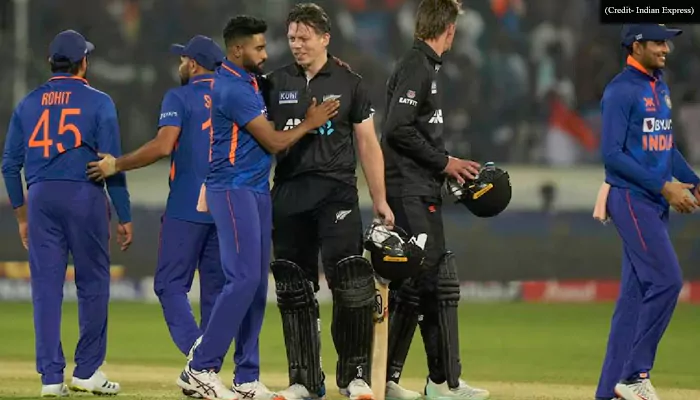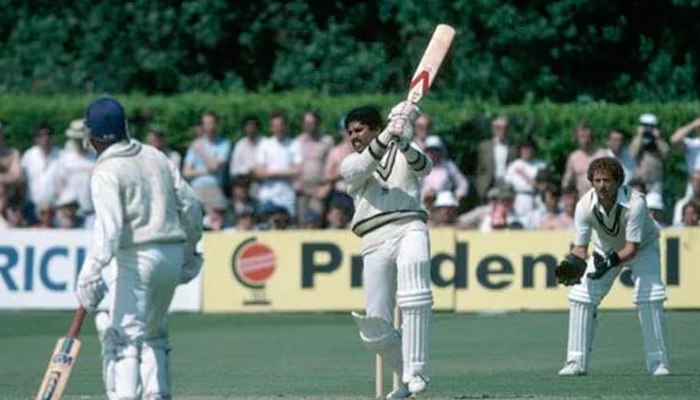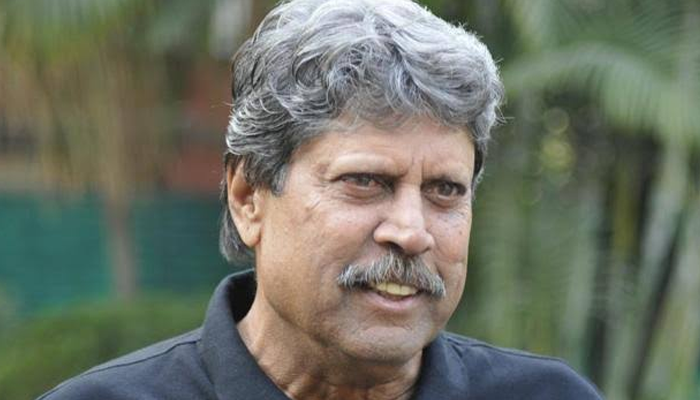IPL Trivia: Rupee Revolution – When Auction Broke Free from Dollar Dominance
- Admin
- 1 year ago
- 4 minutes read

Initially, a standard conversion rate of Rs. 40 per dollar was used, offering some stability for franchises. However, the Indian Rupee’s depreciation against the US Dollar in subsequent years threw franchise budgets into disarray.
The 2014 Indian Premier League (IPL) player auction wasn’t just about acquiring cricketing talent — it marked a turning point in the history of the tournament. For the first time ever, the bidding for players took place in Indian Rupees (INR) instead of US Dollars (USD). This seemingly simple change in currency signified a significant shift in the league’s financial landscape, driven by fluctuating exchange rates, a desire for greater transparency, and an underlying tension between franchise economics and player compensation.
The Dollar Dilemma and a Costly Gamble
Since its inception in 2008, the IPL had conducted auctions in USD. Initially, a standard conversion rate of Rs. 40 per dollar was used, offering some stability for franchises. However, the Indian Rupee’s depreciation against the US Dollar in subsequent years threw franchise budgets into disarray. Foreign players, paid in USD, became more expensive as the rupee weakened, creating an element of unpredictability. This squeeze on budgets often meant Indian players, especially uncapped talent, were overlooked in favor of established overseas stars.
Seeds of Change: A Rupee Revolution Takes Root
The BCCI and the IPL governing council recognized the need for a course correction. Franchises, already battling rising operational costs, couldn’t afford the additional burden of a volatile currency exchange. Switching to a rupee-denominated auction aimed to provide a clearer picture of spending power and eliminate the uncertainties caused by currency fluctuations. With all player fees, from established veterans to uncapped hopefuls, now in rupees, franchises could plan more effectively and potentially target a wider talent pool.
Benefits Beyond Transparency: A Domestic Currency for a Domestic League
The shift to rupees offered advantages beyond simple transparency. It brought the financial dynamics of the league closer to its Indian home base. Previously, the disconnect between USD auctions and the league’s Indian identity was stark. Now, with all transactions in rupees, the IPL’s financial ecosystem was more closely aligned with its domestic currency. This potentially made the league more attractive to new sponsors, as they could now understand the financial landscape with greater clarity.
The Uncapped Conundrum: Striking a Balance Between Fairness and Finances
The 2014 auction wasn’t just about the switch to rupees. Discussions centered on potentially abolishing the salary cap on uncapped Indian players. The existing system, some argued, created an environment for under-the-table deals with promising youngsters. Removing the cap could have fostered a more open and transparent market for these players, ensuring they receive fair compensation for their talent. However, there were concerns that such a move could lead to bidding wars for uncapped players, further straining franchise budgets already stretched thin by the rising costs of established stars.
A Turning Point, Not the End: The IPL’s Evolving Financial Landscape
The 2014 IPL auction marked a significant shift in the financial structure of the league. The move to rupees, while a seemingly simple change, symbolized a growing emphasis on transparency, predictability, and a closer connection between the IPL and its Indian identity. This change, however, wasn’t the end of the story. The IPL continues to evolve its auction regulations, seeking a balance between ensuring fair market value for players and maintaining financial health within the franchises. Future auctions might see further changes, such as the introduction of salary bands or revised retention policies, all aimed at creating a more sustainable and equitable financial ecosystem for the league.
The IPL Auction: A Microcosm of the Global Sports Economy
The IPL auction is a microcosm of the broader challenges faced by professional sports leagues worldwide. Issues like fluctuating exchange rates, player compensation structures, and franchise economics are universal concerns. The 2014 IPL auction served as a case study in how a league can adapt to changing economic realities. As the IPL continues to evolve, its approach to player auctions might well prove to be a valuable blueprint for other sports leagues navigating the complexities of the global sporting landscape.











